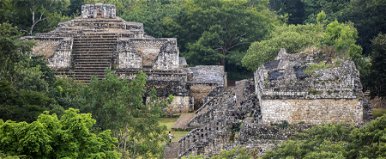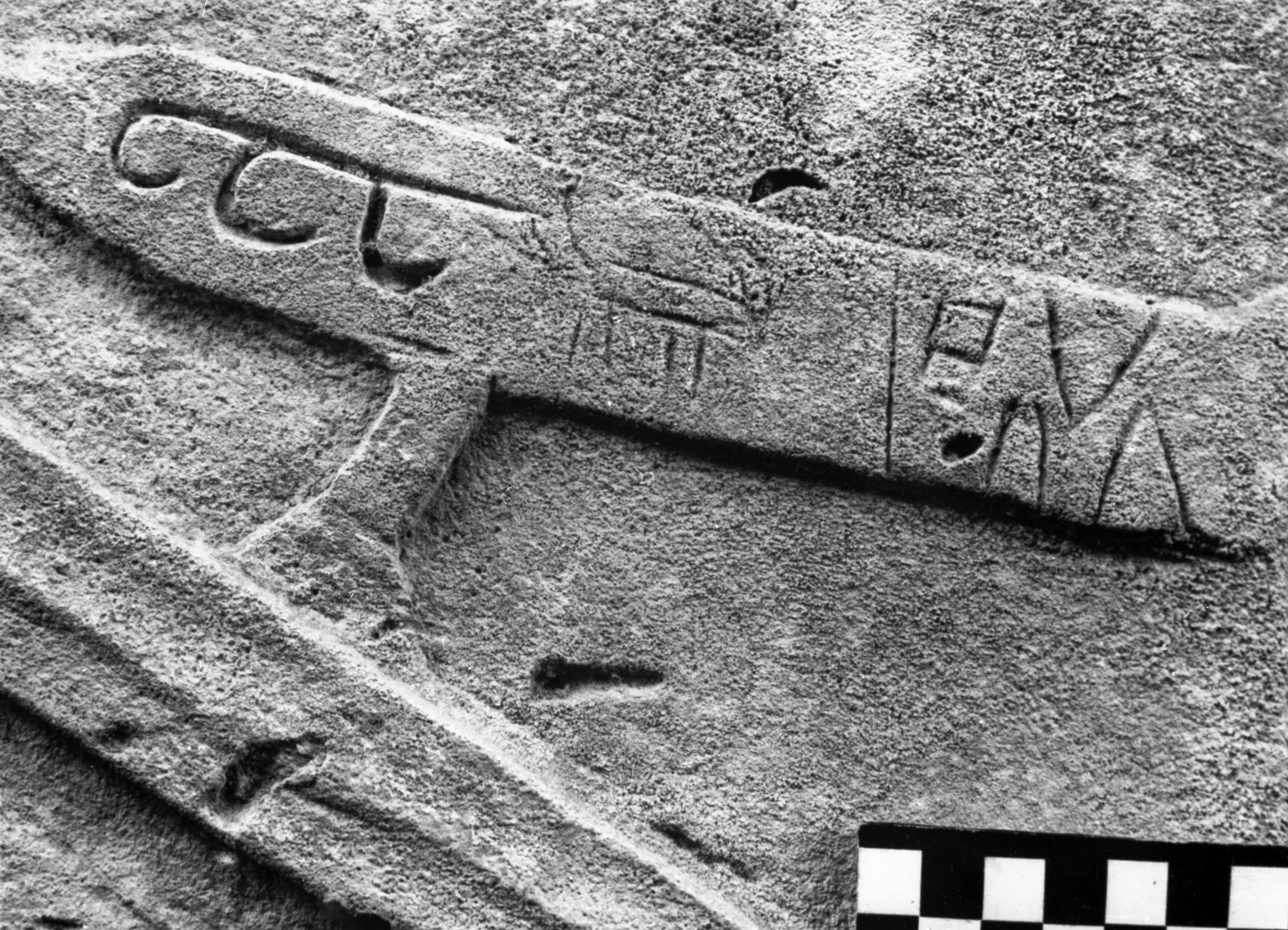In Kazakhstan, archaeologists made a remarkable discovery 2000 years At a burial mound filled with gold jewelry and a mirror linked to the ancient Canggu Empire. The finds uncovered during the excavations indicate a rich and advanced civilization that played an important role in the history of Central Asia.
The Kangju Empire, which began in BC. From the 2nd century AD it existed until the 5th century and is located along the Syr Darya River. Its capital was Petian, located in the middle reaches of the Syrdarya River. Due to its strategic location, the empire had a significant influence on the political situation in the region, especially along the Silk Road, which was a key element in trade relations and economic development.
The Sumerian scriptures tell of kings and giants who ruled for thirty thousand years – according to the wildest theories, extraterrestrial gods ruled Mesopotamia
Read more…
Read more…
The famous traveler and diplomat of ancient China, Zhang Qian, B.C. He first mentioned the Cangju Empire during his visit in 128. According to his description, the Cangju people lived a nomadic lifestyle and showed great similarity to the Yuji people. According to data at that time, the empire had a population of 600,000 people and 120,000 armed warriors, representing a significant military force.
The Cangwu Empire had close relationships with the peoples and empires around it, including the Yuzhi, Sogdiana, and Dayan peoples. Over the years, the Kangu region expanded territorially, including the Aral Sea and Caspian Sea regions, and the Ural tribes also paid them tribute in the form of furs. The empire also strengthened its economic and political positions by controlling strategic points along the Silk Road.

Of many extreme Maya rituals, the solar eclipse ritual was perhaps the most brutal, and survivors can rejoice
Read more…
Read more…
Gold jewelry and mirrors found during excavations of the tomb indicate that the Canggu Empire was not only militarily advanced, but also culturally and economically advanced. The objects found in the tomb include a variety of decorations, weapons and household items, which offer a glimpse into the daily life and burial customs of the people at that time. Jewelry, such as gold rings and an ornate mirror, also reflects high social status and artistic skill.
During the long existence of the Kanju Empire With great effect It was for the Central Asian region. The discoveries made during the excavations expand our knowledge of this mysterious and history-rich empire, which played a crucial role in the history of the region and the development of the Silk Road. Such discoveries are important not only for historians and archaeologists, but for anyone interested in human history and who wants to better understand the legacy of ancient civilizations. Discovery pictures Integrated development environment They can be viewed by clicking.
source: Archenews












































